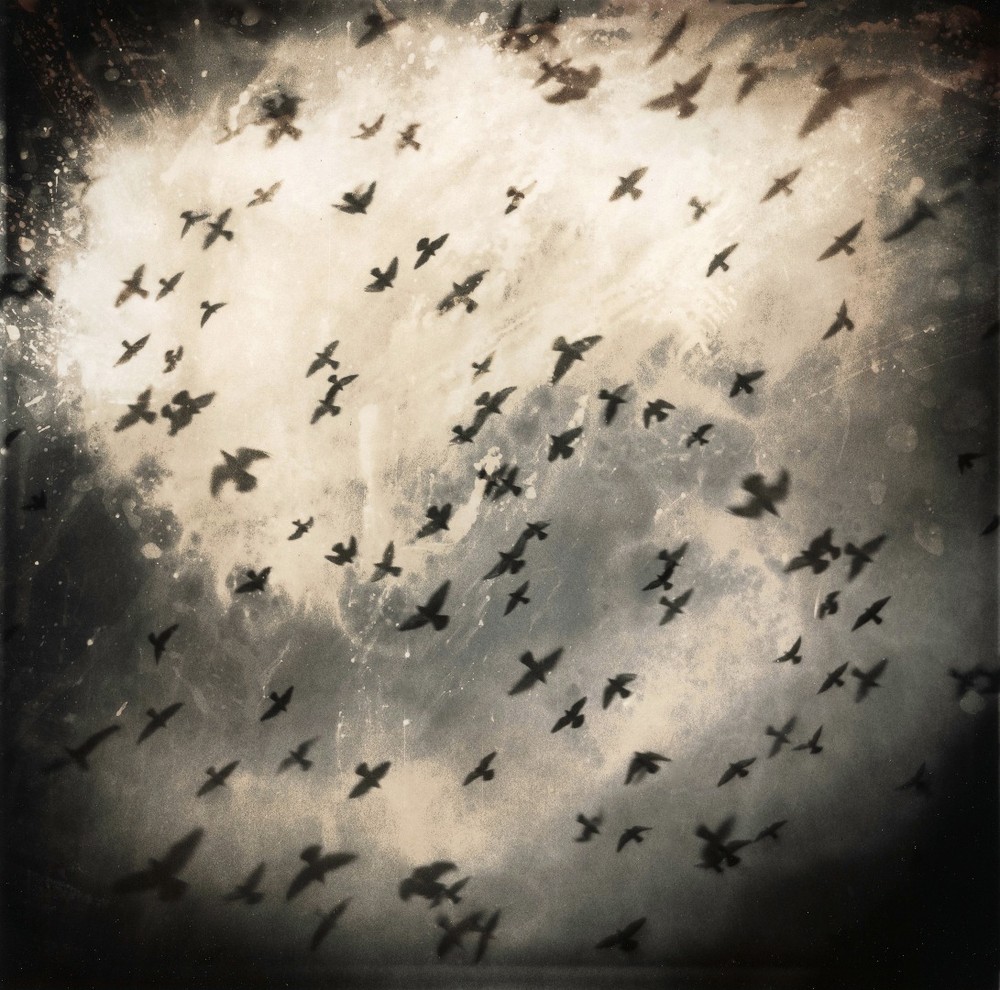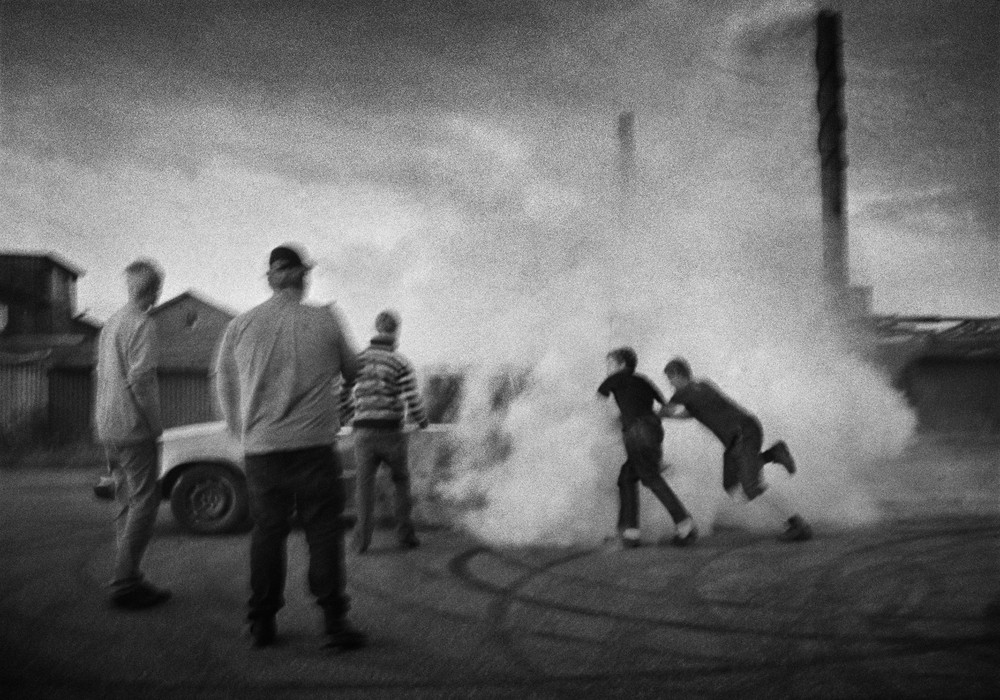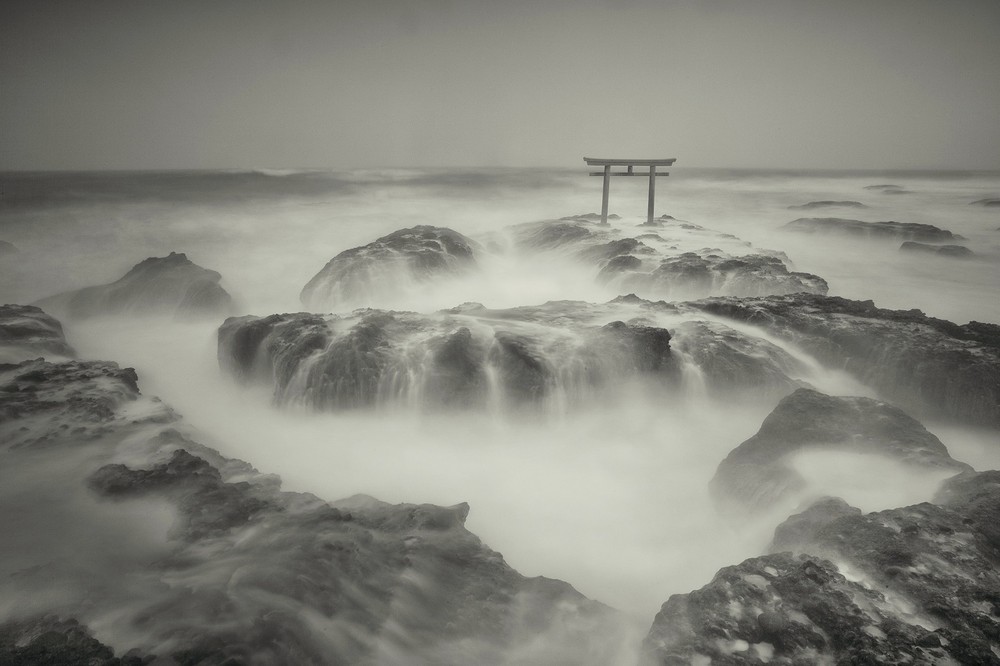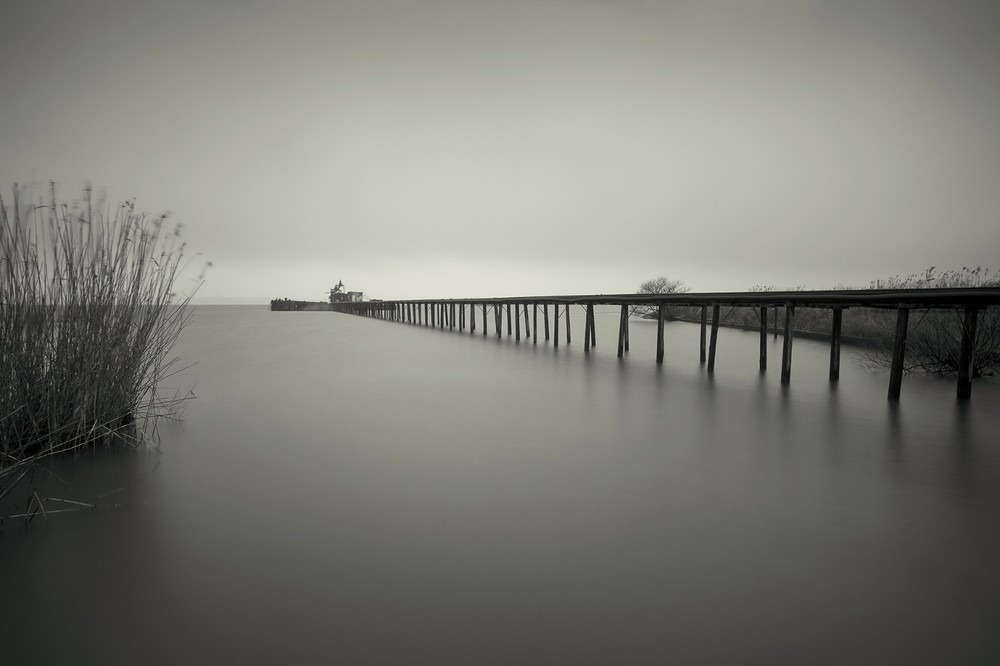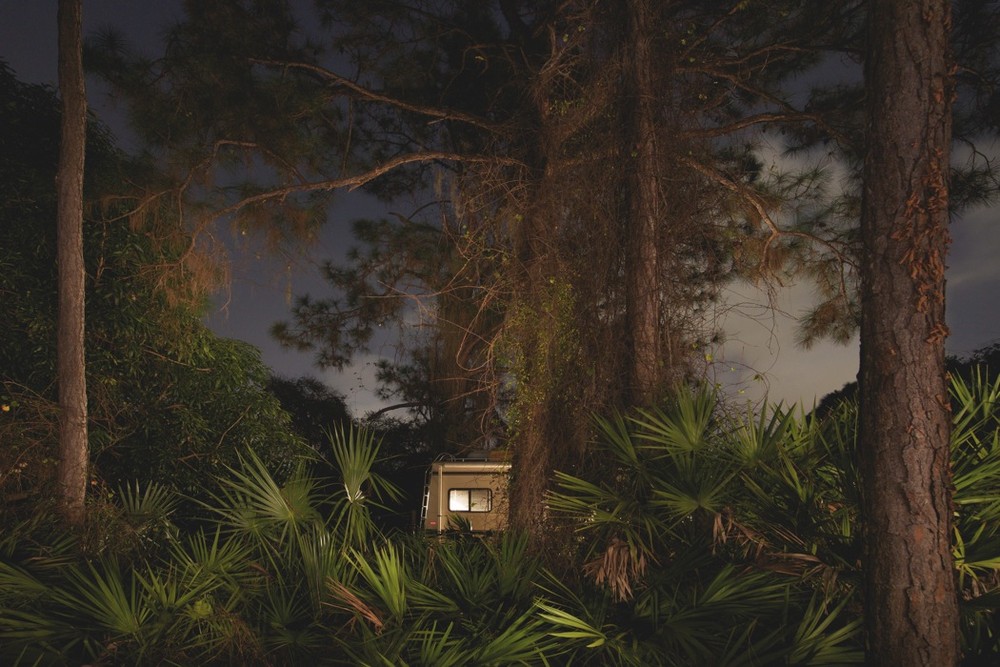As I approach the end of this part of the course I was re-reading the course notes and looking through some of the exercises I've done on light.
I'm aware that I've rushed some of the exercises and even skipped certain sections of them. In each case I did this where I felt that I got nothing more to learn by doing the exercise. I genuinely don't mean this in an arrogant way, it's just that I feel that I know what I need to know about ISO settings and the effects of increasing/decreasing exposure.
Having said that I was struck when re-reading the course notes that I probably still don't make a conscious decision (in the way proposed in the notest), re exposure or white balance settings. However, when shooting RAW I know that I can comfortably alter these settings after on the computer. But this of course raises the question of whether this is lazy/cheating/ignorant etc. And also whether by not potentially having the experience in doing things fully manually in a fully committed way the photography will in some way be inferior.
I learnt a lot of my skills as a photographer shooting 35mm film in an SLR about 30 years ago. However, it's significantly easier to experiment, practice and therefore learn and understand in a digital environment. What I mean by this is that previously, when shooting film I understood that tungsten lighting would produce a horrible orange cast over my photos unless I used a blue filter or special film. However, my options here were very limited and if I got those options wrong, I couldn't correct anything. This meant that my creative options were actually very limited. And unless I had a lot of equipment, a lot of time and a lot of film - so in other words I had a lot of money and/or was a professional photographer - I would be very limited in terms of what I could achieve. I could take great photos, but my subject matter would be significantly more limited to what I could do now. So what I concluded here was that the technology was enabling me to be more creative by giving me more options (consistently through time), but that a clear eye as to how to remove the orange colour cast of tungsten lighting (for example), was still very important. In fact the creative aspect of this is even more open because I can do far more than stick a blue filter on the front of my lens and hope for the best.
I also reflected on how artists in DaVinci's time would learn their trade by sourcing materials for and mixing paints. No-one would really recommend an oil painter these days to mix their own paints. But that's not to say that an understanding of how light passes through paints of varying consistencies would be useful.
I guess my point is that I'm comfortable that as long as I have a base, core understanding of white balance (as an example), I'm OK not knowing individual Kelvin values of each light source because advances in technology mean I don't need to. I just need to have the creative eye to know when the white balance needs changing, and how to go about changing it, in order to achieve my required effect.



